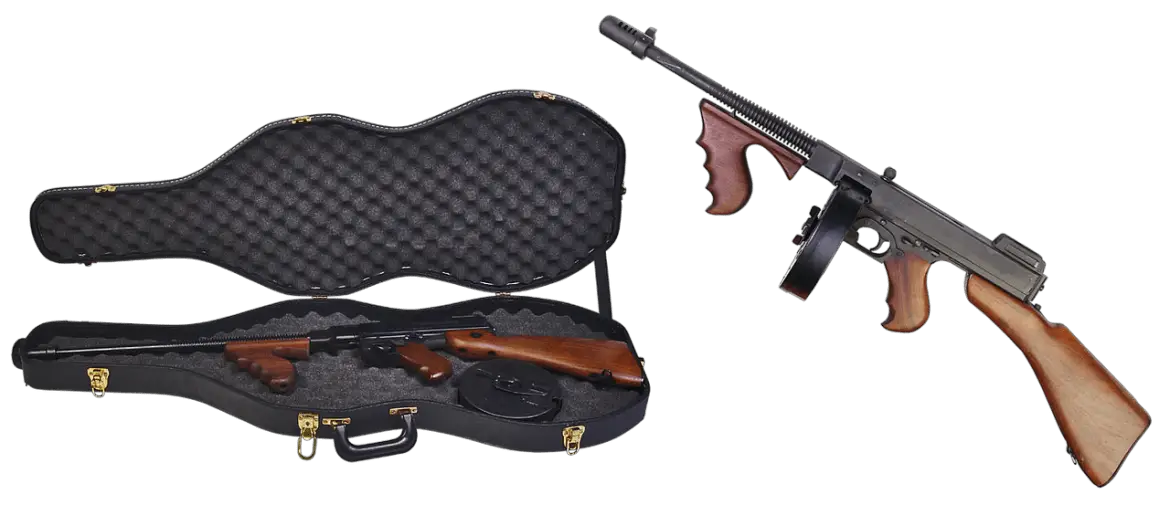Some Shooters like to reload, so do many preparing for TEOTWAWKI or WROL, it’s also a skill for those like to DIY or roll their own. Many of the types of people that visit my sight reload themselves or are interested in it. Therefore, I am going to start publishing articles on reloading and […]
Category: Gun and Other Self Defense Stuff
This section is pretty broad and actually covers more than it says. This is a catch all for prepper related gun and weapon things as well as self defense training. If I don’t have a better place to put it and it is dangerous it will probably be found in this section.
Simplest Way To Become a Firearm Instructor
So You Want to Be a Firearms Instructor? I can tell you that of all the things that I have done to improve my life, becoming a firearm instructor was one of the best. I have received much more in return than I put into learning the ropes and gaining the certifications. The only […]
Best Survival Firearms: How to Choose Firearms for Catastrophic Disasters
I want to talk about selecting firearms for catastrophic disasters because the Shepherd School, and the Dave’s Homestead website were originally designed strictly for firearm training. I did it that way on purpose. At that time, I felt it was my calling to help train citizen to be able to protect themselves and their […]
How to Find a Good Firearm Instructor on Guns.com
I have just published another article at Guns.com on Safely dealing with lead, as well as another article on How to find a good firearm instructor that has also just been posted on Guns.com. As I have said before, I think guns.com has the potential to be a great website. They have some good articles […]
How to Install a Sling Swivel on a M6 Scout
One of the first guns I ever bought for myself was a Springfield Armory M6 scout rifle. Like almost all owners of the M6 scout, I really like the concept, but I find it needs a sling swivel to really fit my needs. What is the M6 Scout For the uninitiated, the M6 scout […]





